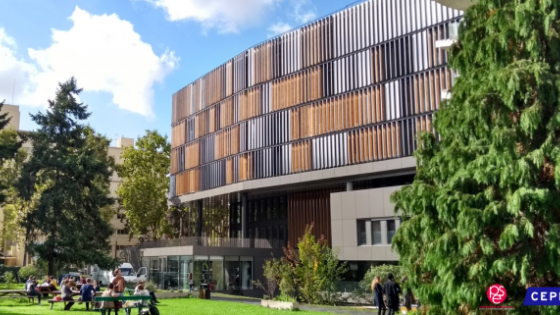DP11778 Why Does China Allow Freer Social Media? Protests versus Surveillance and Propaganda
This paper documents basic facts regarding public debates about controversial political issues on Chinese social media. Our documentation is based on a dataset of 13.2 billion blog posts published on Sina Weibo—the most prominent Chinese microblogging platform—during the 2009–2013 period. Our primary finding is that a shockingly large number of posts on highly sensitive topics were published and circulated on social media. For instance, we find millions of posts discussing protests and an even larger number of posts with explicit corruption allegations. This content may spur and organize protests. However, it also makes social media effective tools for surveillance. We find that most protests can be predicted one day before their occurrence and that corruption charges of specific individuals can be predicted one year in advance. Finally, we estimate that our data contain 600,000 government-affiliated accounts which contribute 4% of all posts about political and economic issues on Sina Weibo. The share of government accounts is larger in areas with a higher level of internet censorship and where newspapers have a stronger pro-government bias. Overall, our findings suggest that the Chinese government regulates social media to balance threats to regime stability against the benefits of utilizing bottom-up information.

